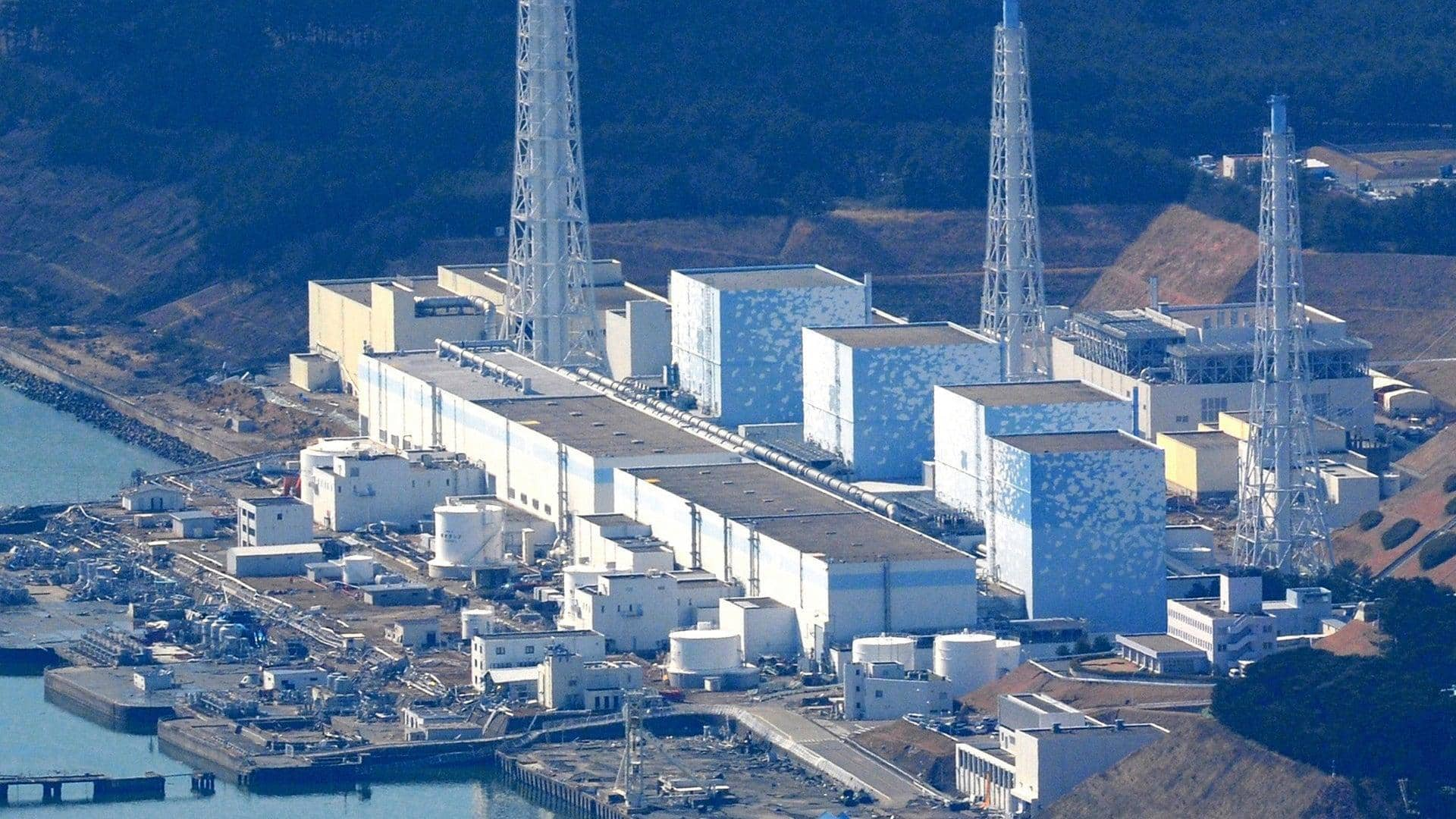
Japan deploys robot to retrieve nuclear waste from Fukushima
What's the story
Tokyo Electric Power Company Holdings (TEPCO) has deployed a robot named Telesco, into the Unit 2 reactor at the defunct Fukushima nuclear power plant. The mission is to extract a small sample of the fuel that melted down during the 2011 disaster. If successful, Telesco will retrieve approximately 3g of an estimated 880 tons of nuclear waste, for examination by the Japan Atomic Energy Agency.
Decommissioning process
Decommissioning efforts and initial challenges
Yusuke Nakagawa, Team Manager at TEPCO, emphasized the significance of this mission in the overall decommissioning process. He stated, "We believe the test removal of fuel debris from Unit 2 is an important part of the decommissioning work to be carried out." The first attempt in August faced challenges due to an assembly error with the metal poles, used to maneuver Telesco into the reactor's core.
Commitment
Commitment to safe and reliable fuel debris removal
Nakagawa further stressed the importance of proceeding with the test removal of fuel debris in a safe as well as reliable manner. The initial error, which TEPCO referred to as a "basic mistake," led to two weeks of reorganization before another attempt could be made. This setback resulted in disappointment and concern among officials and locals.
Deadline
An ambitious cleanup timeline
TEPCO and the Japanese government have set an ambitious goal to have the entire site cleared and decontaminated by 2050. Telesco's mission is crucial in determining the current state of the fuel. Government spokesperson Yoshimasa Hayashi assured, "The government will firmly and responsibly tackle the decommissioning until the very end."
Robotic missions
TEPCO's history of deploying robots in Fukushima
This is not the first time TEPCO has used robots for the Fukushima cleanup. A 2015 attempt to enter Unit 1 of the reactor resulted in a robot explorer succumbing after three hours, due to high radiation levels. However, an underwater robot had more success in 2017. These robotic missions are part of Japan's efforts to revive its nuclear industry following a temporary shutdown after the accident.